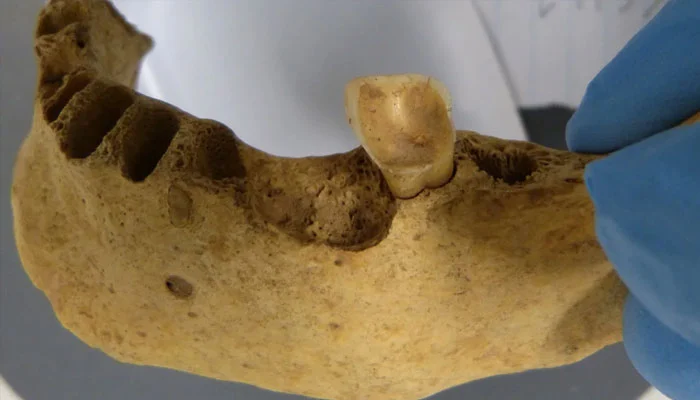According to CNN, a recent study that examined ancient tooth remains has uncovered fascinating information on the evolution of oral bacteria and its significance for oral health today.
Two Bronze Age teeth, which date back roughly 4,000 years, were discovered to have remnants of the first cavity-causing bacteria. These findings demonstrate the existence of caries-causing bacteria in ancient societies.
According to their findings, which were published in the Molecular Biology and Evolution magazine, S Mutans, a common bacteria linked to dental rot, is more abundant in one of the teeth.
Consequently, the findings of this study show that Porphyromonas gingivalis (P. gingivalis) and Tannerella forsythia (T. forsythia) may have been part of the ancient people’s diet, given their varied bacterial makeup.
The in-depth investigation of ancient S. mutans leads to some extremely strange evolutionary histories related with changes of human dietary patterns, particularly the presence of sugar and cereal grains, according to the paper of Lara Cassidy, senior researcher in the study. The dramatic differences between the dietary alterations of the ancient and modern eras highlight the impact of all these factors on dental health.







